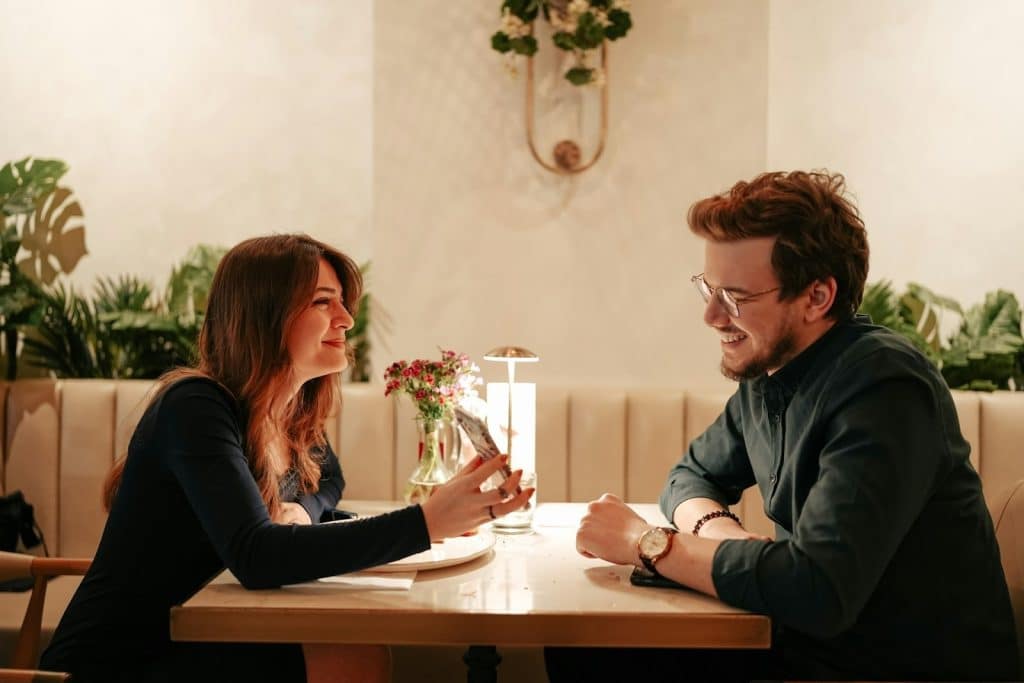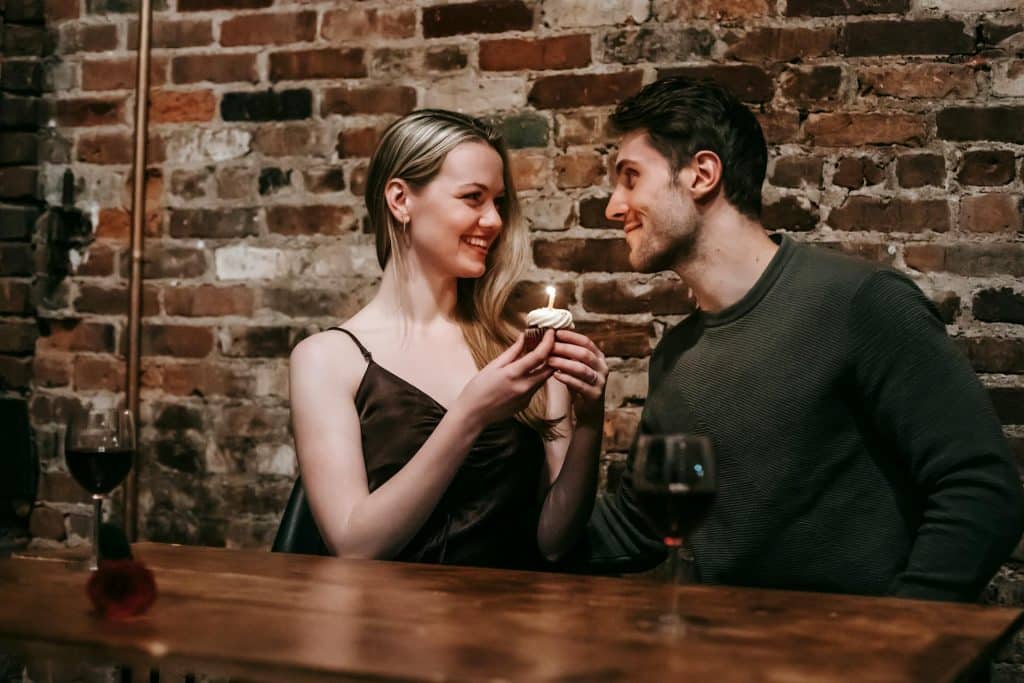
Before, when you’re dating someone and you think the feeling is mutual, there’s no other label than “boyfriend” or “girlfriend.” Now, there are many relationship labels people use to define how they view the relationship. It’s hard to assume where you stand in the relationship, especially if there’s a spectrum of vibes, boundaries, and blurred lines. Here are 17 relationship labels other than being “in a relationship” to clarify where you stand, avoid heartbreak and unmet expectations, and protect the nature of the relationship.
Talking Stage

It’s where everything begins. It’s the “getting-to-know-you” stage. It’s the flirting stage and casual hangouts. It’s exciting, but it’s also fragile. You’re investing your time and energy to let the person know you’re interested, but without the guarantee of a committed relationship. It’s a stage where it’s full of potential, but one misstep can ruin your chances. You put your best foot forward to avoid ruining the chance of a relationship before it even begins.
Friends With Benefits

It’s where two people who are already friends agree on casual sex without the expectation of being in a full-blown relationship. There’s no pressure to have emotional bonds, go on romantic dates, or have deep talks like what a real relationship entails. There are no strings attached and no exclusivity. For people who don’t want a commitment, this situation is ideal because it allows for connection and physical intimacy without being in a full-blown relationship. This kind of arrangement will work only if you set clear boundaries early. Communicate about expectations and exclusivity to avoid feelings of being used or misled.
Almost Something

The “almost relationship” is a stage where it feels like you’re in a relationship, but not quite yet. You know there’s chemistry and connection, but you’re not an official couple. It’s that space in between. It’s the gray zone. There’s compatibility, but there’s no commitment. If things don’t progress and they choose to leave you, it hurts as much as a breakup, even though you were not really together. It hurts because it has potential.
Casual Dating’

It’s a relationship where both parties have agreed to keep things light and fun. There’s no pressure of commitment. It’s more than a hookup, but there are no long-term expectations. It’s like you’re in a real relationship where everybody knows something is going on between you two, and you go on dates, but there’s also an unspoken rule that it’s non-exclusive and just chill. One of the biggest disadvantages of this type of relationship is the blurred lines between personal and professional life. You don’t know where you stand. The boundaries are unclear. To navigate this relationship, be honest about what you want.
Open Relationship

It’s a type of relationship where you have a primary relationship, but exploring romantic or sexual connections outside the relationship is allowed. Being in an open relationship allows you to have freedom and variety. It’s best to set clear expectations and have emotional maturity to navigate this kind of relationship more effectively. It’s essential to maintain mutual respect and establish boundaries that feel fair, and to revisit them regularly to prevent conflict.
Situationship

The best thing that can describe this connection is that you’re more than friends, but less than lovers. It’s often romantic, physical, and emotional, but there are no labels to define it. Everyone knows you’re together, but if someone asks, you can’t put a label on it. Usually, you’ll answer, “It’s complicated.” The relationship is really complicated. There could be an emotional mismatch when one of you falls for the other while the other is set on keeping it casual. If you’re in a situationship, ask yourself if it is what you really want or if you’re just settling for less.
Secret Relationship

You are together, but you hide your relationship from the outside world. You avoid public outings or pretend to be just friends when you’re with other people. Sometimes, people maintain a relationship because of family pressure, or they’re not yet ready to make things public. Sometimes, a secret relationship develops when one person is already in another relationship. In a secret relationship, communicate why there should be discretion to avoid confusion or emotional strain.
Polyamory

A polyamorous relationship is where partners give consent to each other to be in multiple relationships simultaneously. It’s not just about sex, but also about emotional connection. This type of situation allows you to explore different relationship dynamics, but it needs a high level of emotional maturity. The key to a successful polyamorous relationship is trust, emotional intelligence, and setting clear boundaries.
Rebound

A rebound relationship is when someone is romantically involved with another person shortly after a breakup. Rather than being a matter of compatibility, it became a coping mechanism to overcome the past relationship or avoid loneliness. They seek comfort in a new relationship. Rebound relationships often develop quickly and can be intense. If you’re still thinking about your ex while in a new relationship or using your current partner to prove you’ve moved on, you are in a rebound relationship.
Placeholder

A placeholder relationship is when you’re temporarily filling a space until someone better comes along. The person might stay in the relationship just for companionship and physical intimacy. They are not fully invested in you. Sometimes, people enter a placeholder relationship due to convenience and the fear of being alone. You fill the emotional void they currently feel, but they don’t see a future with you.
Situational Romance

A situational romance is a relationship that develops in a specific environment. It could be travel, work, or a shared circumstance. You may be navigating a new life in a new country, and you feel a deeper connection, or the chemistry is palpable. It’s intense, but fleeting. It’s the kind of relationship that changes when the circumstance also changes.
Slow Burn

A slow-burning relationship begins as a friendship, and the connection deepens over time. The feelings grow gradually over time. There’s no rush. It’s about being patient and taking the time to know each other better. The more you are together, the more you see them in a different light. You’ll remember the most minor details about them and notice how happy you feel when you’re with them. The feelings become intense with each passing day. It’s real.
Committed Partnership

A committed partnership is a unique and exclusive relationship between two people. There’s mutual trust and honesty. You both trust that through highs and lows, you have each other to support and build a life together. You connect on a deeper level, and you feel safe being vulnerable with them. It’s not just about being with them for the long term, but growing with them as well. In a committed partnership, you choose each other every day, through the good and the bad.
Platonic Life Partner

This relationship occurs when two people support each other and form a deep emotional bond, similar to romantic partners, but without a romantic or sexual component. It’s like friendship, but with the promise of sharing their lives together. Some platonic life partners live together and share responsibilities like spouses do. They could be two best friends who decided to grow old together.
Long-Distance Relationship

A long-distance relationship involves two people who are in a committed relationship, but are geographically separated. It’s challenging to sustain the relationship, but it could be possible with trust and intentional effort. This situation could arise because of a career or to be with family. People in long-distance relationships rely on phone calls and video calls to stay connected.






Ask Me Anything